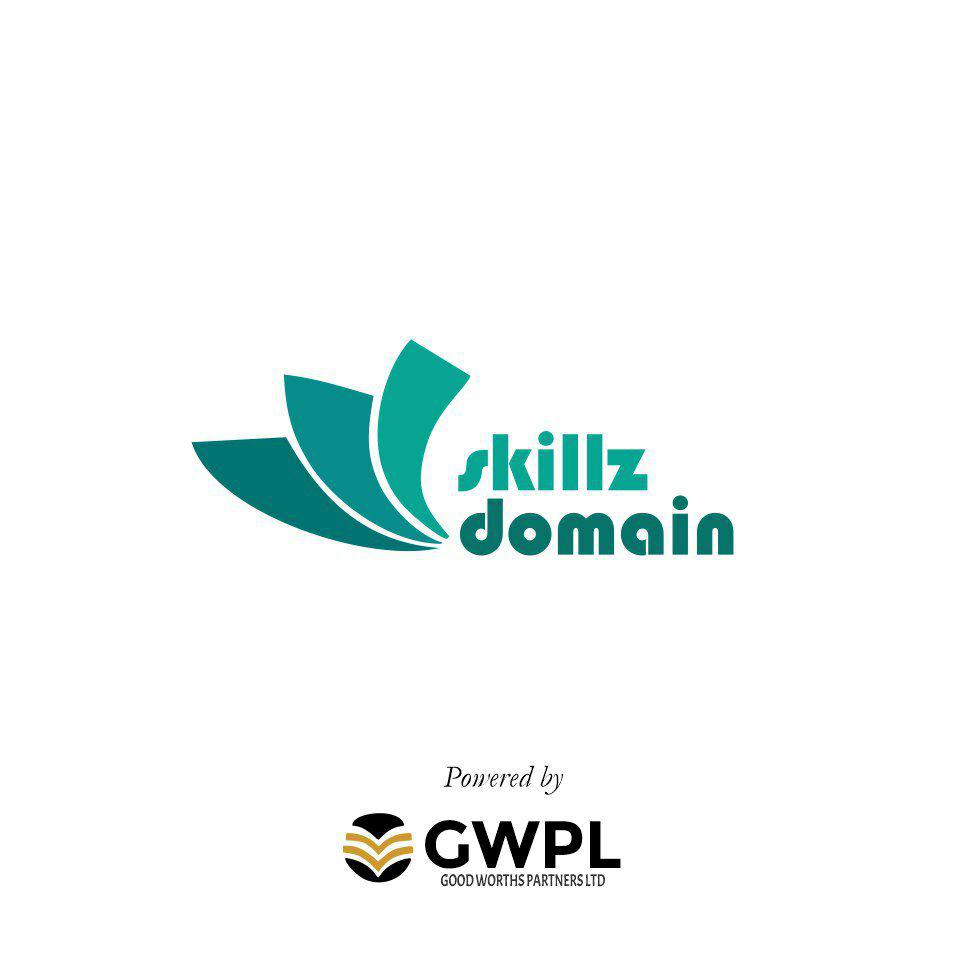Simplify the Six Sigma statistics gathering process with the SigmaXL Excel add-in. This unique tool provides powerful statistical and graphical analysis tools that allow students to measure, analyse, improve and control processes.
| COURSE CODE |
|---|
| SDEC112006 |
| TYPE |
| Software |
| COURSE ACCESS |
| 1 Year |
| EXAMS INCLUDED |
|---|
| No |
SYSTEM REQUIREMENT
| PROCESSOR |
|---|
| 500 megahertz (MHz) |
| RAM |
| 1 GB |
| FREE DISK SPACE |
| 1 GB Free Space Required |
| OPERATING SYSTEMS |
| Windows Vista Windows 7 Windows 8 Windows 10 Mac OS |
| MIN. SCREEN RESOLUTION |
| 1024 x 768 |
| BROWSERS |
| Internet Explorer 8 or above Google Chrome Safari 8 Mozilla Firefox |
| SOFTWARE REQUIRED |
| Require Microsoft Office: Windows – Excel 2007 or newer. Mac – Excel 2011 or 2016. |
| DEVICES REQUIRED |
| CD-ROM or DVD drive |
COMPATIBILITY
Windows, Mac
The Lean Six Sigma framework relies on collecting accurate data and performing advances statistical analysis to benchmark existing processes and precisely calculate potential the value of proposed improvements.
SigmaXL is a cost-effective option for students who want to simplify the statistical gathering and analysis that makes up the Six Sigma methodology. This offer is available exclusively to our students who have already enrolled on an approved Six Sigma course.
KEY LEARNING POINTS
What’s New in SigmaXL Version 8.0:
Templates and Calculators
- 1 Sample Z test and Confidence Interval for Mean
- Normal Exact Tolerance Intervals
- Equivalence Tests: 1 & 2 Sample Means, 2 Proportions, 2 Poisson Rates
- Type 1 Gage Study, Gage Bias & Linearity Study
Descriptive Statistics
- Percentile Report and Percentile Ranges.
- Percentile Confidence and Tolerance Intervals.
- Additional Descriptive Statistics and Normality Tests.
- Outlier and Randomness Tests.
Analysis of Means (ANOM) Charts
- All charts support balanced & unbalanced data.
- Normal, Binomial Proportions and Poisson Rates.
- One-Way
- Two-Way with Main Effects and Slice Charts.
- Slice Charts are a modified ANOM chart developed by Dr. Peter Wludyka that enables one to easily interpret the effects in the presence of an interaction. In collaboration, Peter Wludyka and John Noguera of SigmaXL extended the Slice Charts to Binomial and Poisson.
- Yellow highlight automatically recommends Main Effects (if interaction is not significant) or Slice Chart (if interaction is significant).
- Nonparametric Transformed Ranks.
- Variances & Levene Robust Variances.
Multiple Comparisons (Post-Hoc)
- Easy to read probabilities in matrix format with significant values highlighted in red.
- Appropriate ANOM chart available as a graphical option.
- One-Way ANOVA: Fisher, Tukey, Dunnett with Control.
- Welch ANOVA (Assume Unequal Variance): Welch Pairwise, Games-Howell).
- Bartlett Equal Variance: F-Test, F-Test with Bonferroni Correction.
- Levene Equal Variance: Levene, Tukey ADM (Absolute Deviations from Median).
Chi-Square Tests & Table Associations
- Adjusted Residuals (significant values highlighted in red).
- Cell’s Contribution to Chi-Square.
- Additional Chi-Square Tests.
- Tests and Measures of Association for Nominal & Ordinal Categories.
This is not a comprehensive list of SigmaXL functions, but a brief rundown of the pertinent tools. SigmaXL contains all the tools, charts, graphs and formulas that a process engineer needs to manage a Six Sigma project.
NOTE: Lifetime software access but 12 months support and maintenance.
ADVANTAGES OF THIS COURSE
Lean Six Sigma tools tend to be expensive, inflexible and extremely complicated – particularly for students just starting to learn the basics of the process improvement methodology. Although extremely powerful, SigmaXL is much easier for learners to get to grips with, particularly as it uses the familiar Microsoft Excel environment as its framework.
SigmaXL is a very worthy investment for any student who wants:
- Access to a tool that simplifies the Six Sigma analytical process.
- A tool that will help them perform better in their role as a process engineer.
- To become more familiar with the data collection and analysis routines involved in the Six Sigma methodology.
- Greater automation of the statistical processes.
Course Reviews
No Reviews found for this course.





